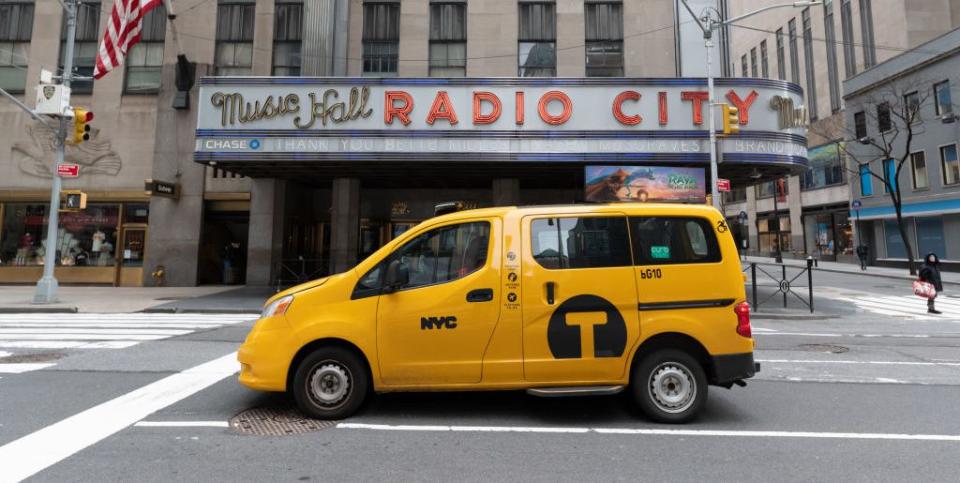NYC Is Testing Electronically Speed-Limited Fleet Vehicles

New York City is starting a pilot program that will use intelligent speed assistance to limit fleet vehicles to posted speed limits.
The six-month program will include 50 vehicles from numerous city agencies, ranging from taxis to Department of Corrections vehicles, and data will be analyzed by the US Department of Transportation following completion.
Starting at $80,000, the cost of retrofitting 50 city vehicles and the reliance on easily outdated GPS data will pose challenges on the road to making city streets safer.
"Speeding ruins lives, so we must take action to prevent it...," said New York City Mayor Eric Adams, speaking at a press conference late last week. Of course, he's not wrong, seeing as traffic fatalities are on the rise and speeding is one of the key factors in fatal crashes. After road safety improved in the 2010s, speeding-related fatalities are up 5% since the start of the COVID-19 pandemic, and New York City has posted its highest levels of roadway fatalities in eight years. As a result, New York City's Department of Citywide Administration Services (DCAS) is rolling out a safe street and fleet campaign, which will retrofit certain city fleet vehicles with speed-limiting software.
Specifically, 50 fleet vehicles will now be testing intelligent speed assistance (ISA) software, which can recognize local speed limits through GPS data and adhere to them strictly. While the city has previously used telematic alerts for speeding city employees, the new ISA technology is more active, automatically slowing drivers who attempt to exceed the speed limit. Following the six-month pilot program, data collected by DCAS will be shared with the US Department of Transportation Volpe Center for analysis of its efficacy.
The cost to retrofit the 50-vehicle pilot program has been quoted at $80,000, with the retrofits spread across city agencies. Every office from Taxi and Limousine-licensed vehicles to the Department of Corrections and Parks Department will be testing a select number of vehicles with this technology. Additionally, a separate but similar ISA technology will be tested on 14 of the Parks Department's incoming Ford Mustang Mach-E models.
This safety strategy marks a turning point for New York City, and for automotive technology as a whole. The expanse of safety features in the 21st century is broad, allowing for municipalities and manufacturers to test and implement systems that directly address the causes of real-world crashes. Social marketing campaigns and lowering speed limits can only do so much to save lives, and some governments have decided that mechanical or electronic limitations are necessary.
On the other hand, punishing speeding, red-light running, or improper bus-lane usage through the use of cameras has become a regularity across the globe. As opposed to limiting driving ability, this method of enforcement forces wayward drivers to pay up. While this technology can be seen from New York to California and the European Union, it remains controversial and even illegal in some places.

For now, the verdict remains unclear about the use of electronic speed limiters and traffic safety, though early studies show its effect on limiting speeding violations. Data shows that driving above the speed limit significantly increases the chances of a crash with injuries and fatalities, and that enforcement through cameras is effective in slowing drivers down. There's no denying that trying to make safer roads for all is a worthwhile cause.
There's also no denying that speed limiters are a foreign and intrusive concept to seasoned drivers and that the reliance on GPS-aggregated data is likely to become dated and problematic.
What's your opinion of New York City's attempt to reduce traffic accidents by limiting the speed of city fleet vehicles? Please comment below.

 Yahoo Autos
Yahoo Autos 